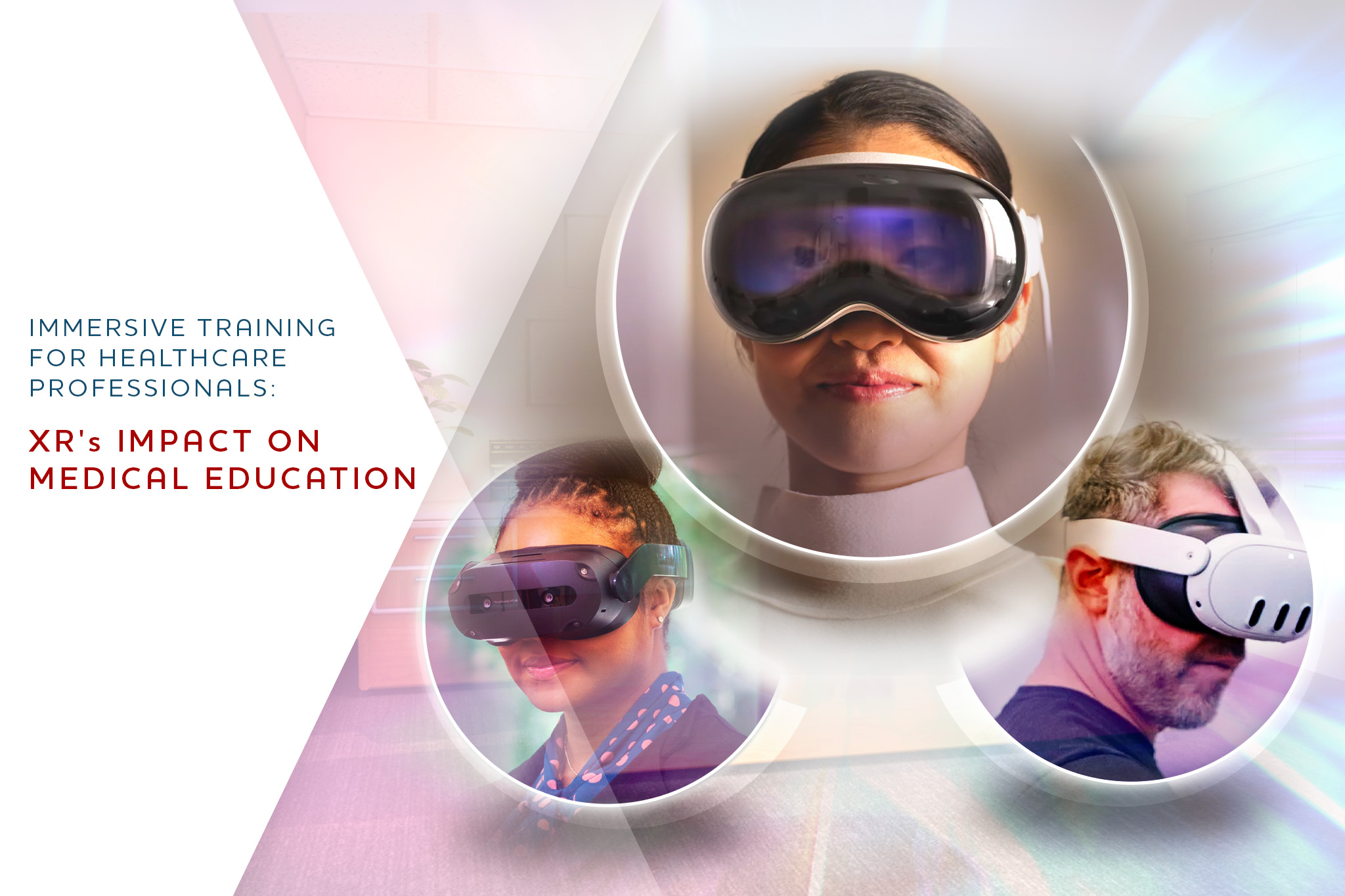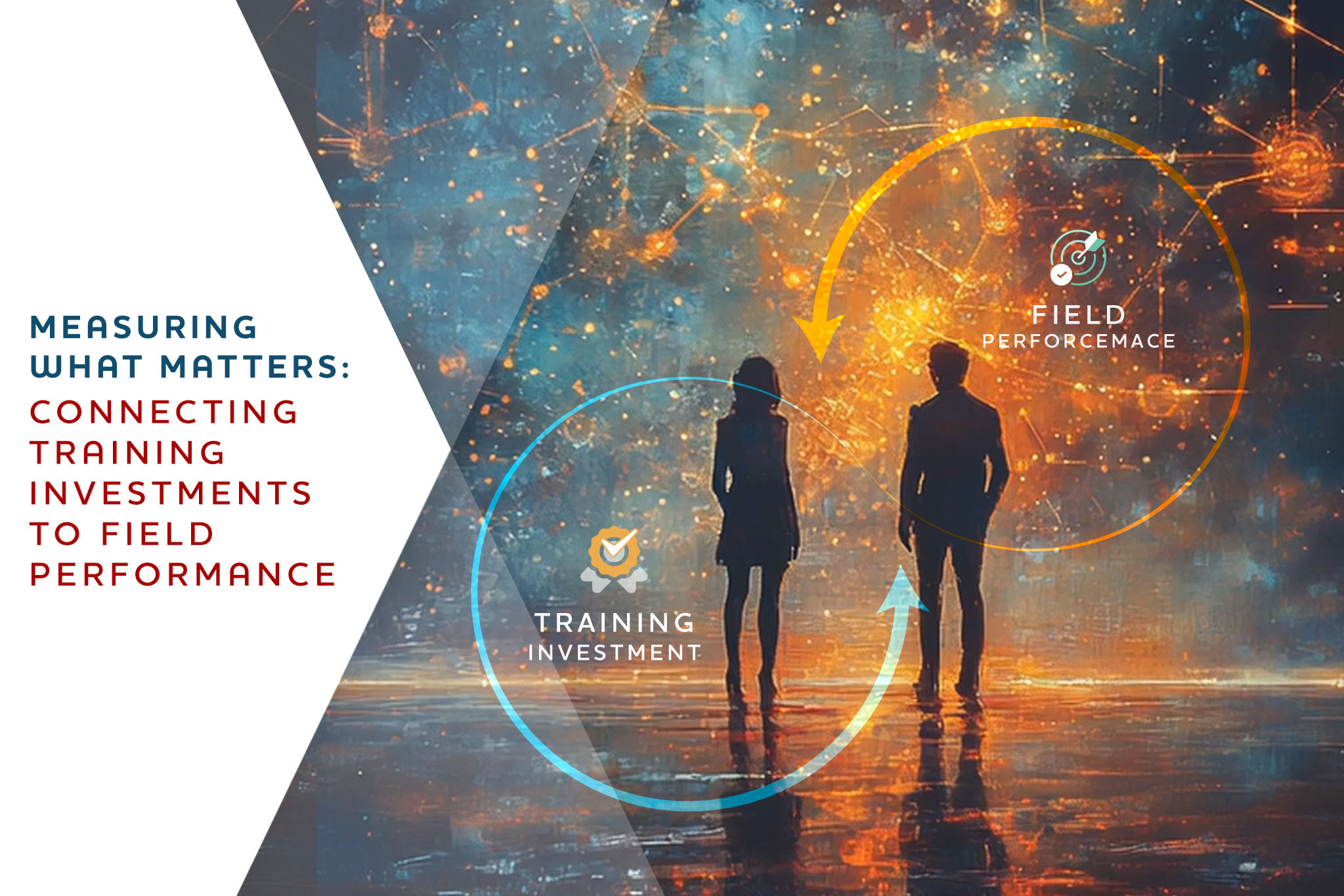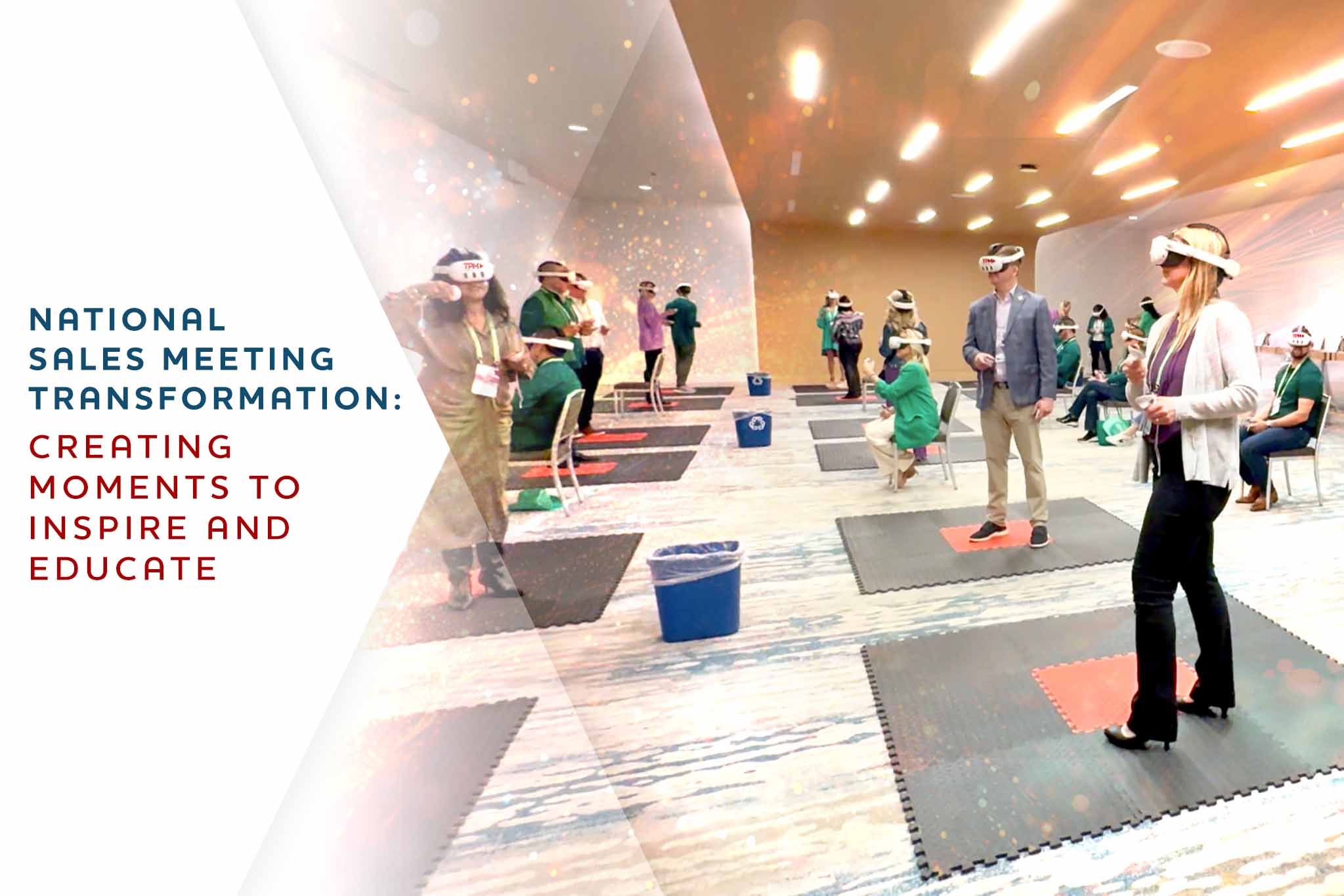As emerging technologies continue to evolve, the landscape of medical education is experiencing a significant shift. Extended Reality (XR), which encompasses Virtual Reality (VR), Augmented Reality (AR), and Mixed Reality (MR), is driving this transformation by offering immersive, interactive, and adaptable learning experiences.
The integration of Extended Reality (XR) into medical education represents a revolutionary step in the training of healthcare professionals. Here’s how XR technologies, including Virtual Reality (VR), Augmented Reality (AR), and Mixed Reality (MR), are transforming medical training and education:
Virtual Reality (VR)
Immersive Simulations: VR provides a fully immersive environment where medical students can practice surgeries and other procedures without any risk to patients.
Enhanced Engagement: With VR, students can engage with complex anatomical structures in a 3D space, leading to a deeper understanding of human anatomy.
Skill Development: Repeated practice in a VR setting can greatly enhance the technical skills of medical professionals before they perform real-life procedures.
Augmented Reality (AR)
Real-Time Information: AR overlays digital information on the real world, which can guide students during procedures by providing critical information in their field of view.
Interactive Learning: AR can make learning more interactive by bringing textbooks to life, allowing students to visualize and manipulate anatomical models in real-time..
Clinical Application: AR can assist in clinical settings by displaying patient data directly within the clinician’s line of sight, reducing the need to look away during procedures.
Mixed Reality (MR)
Combining Best of Both: MR combines elements of VR and AR to create a hybrid environment where physical and digital objects co-exist and interact in real-time.
Collaborative Learning: MR allows for collaborative experiences, where multiple students can interact with the same virtual objects simultaneously, even when physically distant.
Advanced Training: Using MR, students can practice complex procedures on virtual patients in a controlled environment that reacts like the real world.
Exploring Extended Reality (XR) in Medical Education
Extended reality in medical education is being used in various applications such as surgical procedure simulation, drug interaction, visualization, patient scenario simulations, medical technology applications, and so on. These XR technologies provide a more immersive and realistic learning experience, allowing healthcare professionals to practice complex procedures, explore anatomical structures in detail, and enhance their understanding of clinical scenarios.
Beyond medical education, XR technologies can play a significant role in enhancing the doctor-patient relationship. By allowing doctors to demonstrate basic anatomy and explain treatment plans, these technologies can facilitate patient education and improve treatment outcomes.
The continued evolution of XR technologies promises to further enhance the capabilities and reach of medical education, leading to more competent and well-prepared healthcare professionals. As these technologies become more sophisticated and integrated into the healthcare curriculum, the future of medical education looks increasingly interactive, effective, and innovative.
The Impact of XR in Medical Education
The impact of XR in medical education is substantive and undeniably a forthcoming state in the industry. It allows for realistic simulations, hands-on practice, and immediate feedback, which can enhance the skills and knowledge of healthcare professionals. Moreover, XR training in healthcare addresses the need for skilled operators and the decreasing availability of real-world training experiences. Demand for XR in high-risk vocations, such as healthcare, has grown exponentially due to the need for skilled operators and diminishing opportunities for real-world training experiences (McCarthy and Uppot)
Furthermore, XR technology offers scalability, enhanced motivation, and cost savings in medical education, making it a promising tool for training healthcare professionals.
XR technology has emerged as an innovative form of simulation-based medical education with numerous potential applications in medical education. (Curran et al.)
The Impact of XR on Traditional Healthcare Training
The impact of XR on traditional healthcare training is substantial. It allows for more realistic and immersive simulations, providing healthcare professionals with hands-on practice and immediate feedback. This enhances their skills and knowledge in a safe and controlled environment. The use of XR technologies in medical education has shown intrinsic benefits such as enhanced student engagement, immersion, and motivation. (Cabero‐Almenara et al.) .
Through immersive 3D learning environments, reproducing reality in a way that traditional educational models cannot achieve. This immersive approach aids the human cognitive architecture, fostering mental associations and information retrieval.
Experiential learning, a method based on deriving knowledge and meaning from real-life experiences, is a cornerstone of the pedagogy. Through XR, learners can explore knowledge and environments in ways not usually possible with traditional learning methods.
These benefits contribute to a more effective and efficient learning process, ultimately improving the competency and performance of healthcare professionals.
Key Advantages of Immersive Training in Healthcare
There are several key advantages of immersive training in healthcare facilitated by XR technologies. These advantages include:
Customizable Learning Experiences:
The innovative XR technology has the potential to revolutionize education by providing personalized learning experiences that cater specifically to the unique needs and learning paces of individual students. As was previously mentioned, the integration of artificial intelligence can further enhance this customizable learning solution, propelling it to unprecedented levels of adaptability and personalization.
Realistic Simulations:
XR allows for the creation of realistic simulations of medical procedures, patient encounters, and clinical scenarios. This enables healthcare professionals to practice and refine their skills in a realistic and immersive environment before working with real patients, reducing the risk of errors and improving patient outcomes.
Immediate Feedback:
XR technologies provide immediate feedback to learners, allowing them to assess their performance and make adjustments in real time. This helps healthcare professionals identify areas for improvement and refine their skills more effectively.
The integration of AI with XR technologies provides a powerful tool for delivering immediate and personalized feedback across various domains. This feedback loop not only enhances learning and performance but also creates more engaging and responsive experiences for users. As both AI and XR technologies continue to evolve, the potential applications for this combination will expand, further unlocking the benefits of immediate feedback in diverse fields.
Enhanced Collaboration and Interprofessional Education:
XR technologies enable healthcare professionals from different disciplines to collaborate in virtual environments, fostering interprofessional education and teamwork. This collaboration and teamwork can improve patient care by promoting effective communication, coordination, and understanding among healthcare providers.
Increased Retention and Transfer of Knowledge:
Studies have shown that immersive training through XR technologies enhances the retention and transfer of knowledge among healthcare professionals. This is due to the multisensory and experiential nature of XR, which engages multiple modalities such as sight, sound, and touch (Curran et al.).
Self-Directed Learning:
Promoting self-directed learning, a learner-centered approach that is linked with increased motivation, self-actualization, and self-fulfillment. The provision of access to a comprehensive database of 3D models, images, animations, assessments, and definitions, enables students to learn at their own pace and in their own space.
Safe Training Environment:
In an educational setting, students have the opportunity to practice and perfect medical procedures without posing any risk to actual patients, thereby guaranteeing a secure and risk-free learning environment.
Global Accessibility:
Extended Reality (XR) has the potential to revolutionize and democratize the field of medical education. It can offer high-quality, immersive training resources to medical students globally, irrespective of their geographical location.
Cost and Resource Efficiency:
XR training can be more cost-effective in the long run compared to traditional training methods. This is because XR eliminates the need for expensive equipment, supplies, and facilities for hands-on training. Additionally, XR training allows for more flexible scheduling and accessibility, as learners can engage in training activities at their own pace and convenience.
Overall, immersive training using XR technologies offers realistic simulations, immediate feedback, enhanced collaboration, cost efficiency, increased retention of knowledge, and improved interprofessional education to healthcare professionals, ultimately leading to better patient outcomes. In today’s rapidly changing world, the significance of accurate medical education cannot be overstated. Immersive training using XR technologies plays a crucial role in enhancing medical education by offering realistic simulations, immediate feedback, enhanced collaboration, cost efficiency, increased retention of knowledge, and improved interprofessional education.
Challenges and Solutions in Applying XR to Healthcare Training
The application of Extended Reality (XR) to the field of healthcare training is not without its difficulties. These challenges encompass a variety of areas, such as the substantial initial investment cost that is often required, the technical issues and limitations that can arise, the potential for users to experience motion sickness or discomfort, and the necessity for continuous research and development. This ongoing R&D is crucial in order to persistently enhance and refine the technology, ensuring it remains effective and beneficial for healthcare training purposes.
The Future of Medical Education: Predictions and Possibilities with XR
The future of medical education with Extended Reality is promising. It is predicted that Extended Reality, or XR technologies, will become increasingly accessible, affordable, and integrated into medical education curricula. As these XR technologies progress, they will continue to advance, providing even more realistic and immersive experiences for healthcare professionals. Extended reality has the potential to revolutionize medical education by providing immersive and realistic training experiences that can bridge the gap between theory and practice.
These XR technologies are leading the charge towards improved skills, enhanced diagnostic abilities, better communication and teamwork, increased empathy, and ultimately improved patient outcomes. With extended reality in the mix, we foresee a seismic shift in the landscape of medical education, proving that the future of medical education lies directly within the realm of XR technologies. Extended reality is no longer a novelty; instead, it is primed to become an essential component of future medical education, evolving beyond the traditional limits into a revolutionized approach.
Conclusion: Evaluating the Effectiveness of XR in Healthcare Training
In conclusion, the use of Extended Reality (XR) in healthcare training has shown great potential in improving learning outcomes and skills acquisition for medical professionals. Through immersive experiences and simulations, extended reality or XR technologies can heighten attention, interest, and engagement in medical education. Such XR technologies have the ability to generate realistic and interactive scenarios that permit healthcare professionals to practice and refine their skills in a safe and controlled environment. Overall, the utilization of XR technologies, synonymous with extended reality, has the potential to revolutionize medical education. XR brings forth immersive and realistic training experiences that bridge the gap between theory and practice by leveraging the power and possibilities of extended reality.



